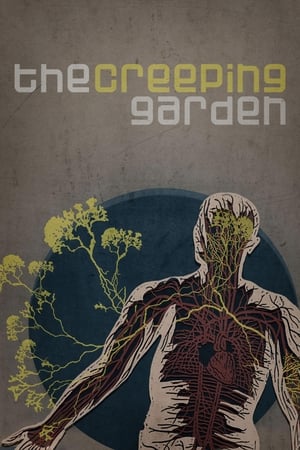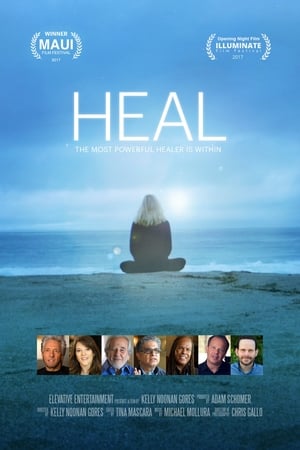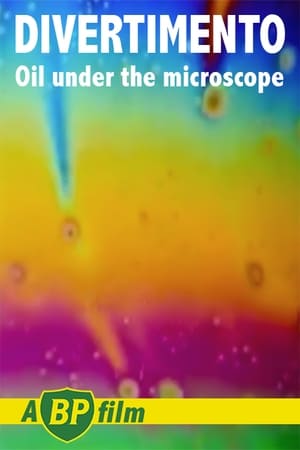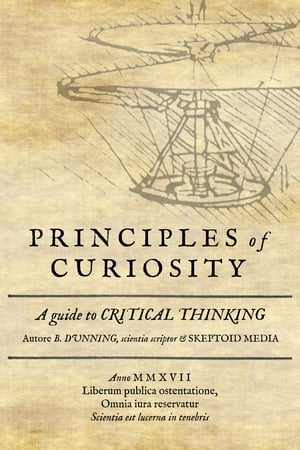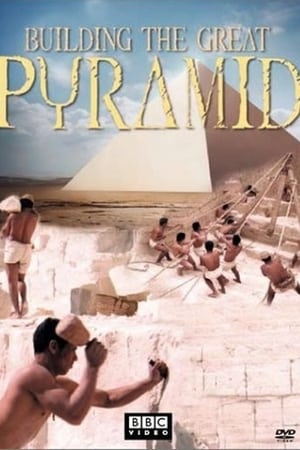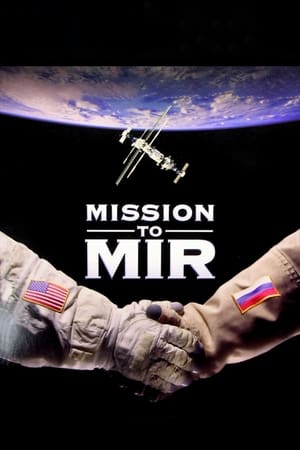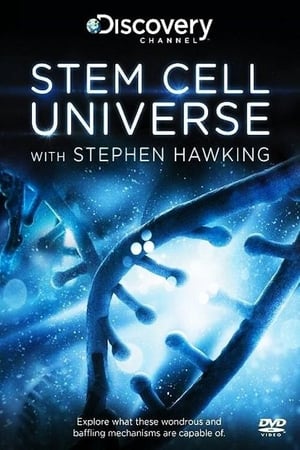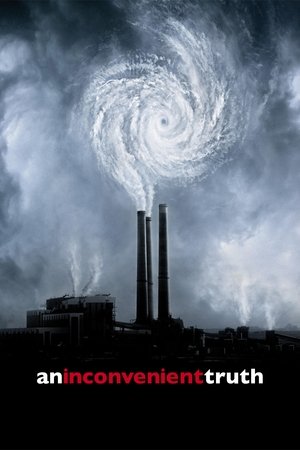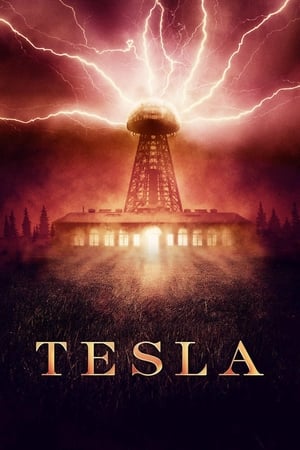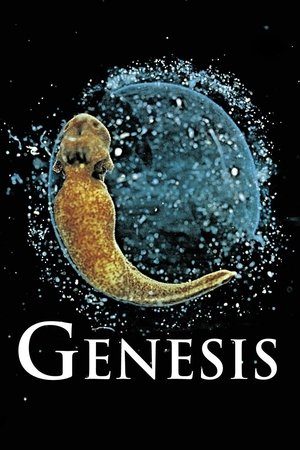Overview
For a long time, it was believed that genes were the decisive factor in a person's development. However, the latest scientific findings in the field of epipgenetics have shown that the respective expression of genes is influenced by external circumstances and can even be specifically controlled.

 French
French
 7
7
 2015
2015
 France
France


